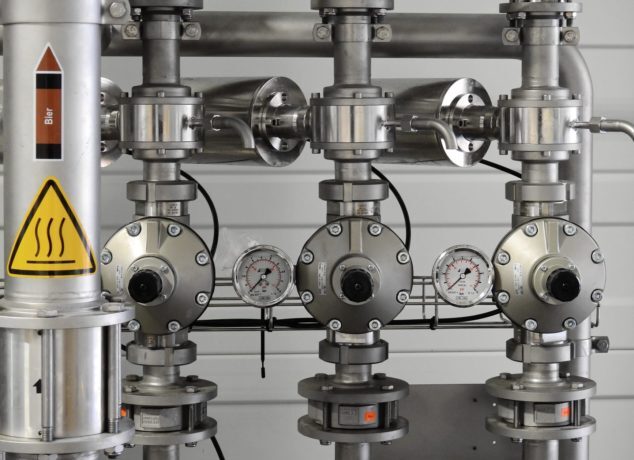Flow meters are devices and tools used to assess the quantity of a liquid or gas and rate of movement traversing through a pipeline. When it comes to using flow meters, it is crucial to ensure that the device you will be using is in its best condition. It will guarantee that the results are reliable and accurate.
Furthermore, to be sure about the measurement results, maintenance and calibration of a flow meter is a requirement. After frequent use, a flow meter tends to drift, and it can happen because of numerous factors — for example, improper use, external influences, contamination, aging, and many more.
All of these factors can, for the most part, cause adverse performance change in flow meters, which can then lead to inaccurate measurement results. Also, take note that you can’t keep an eye out to all these factors; some can happen without any visible signs, which is why flow meter calibration is essential, especially for residential homes.
What Is a Flow Meter
A flow meter allows you to determine and assess the status of both the downstream and upstream flow rates. It can let you know the output of the gas or oil that you are using. Flow meters are, for the most part, used in many industries, including petrochemicals, pharmaceuticals, and food industry.
Types of Flow Meter
There are different types of flow meters available on the market; each of them is engineered to meet the needs of specific industries. Some flow meters provide more precise readings compared to others, and thus, you must make sure that you give more thought on what flow meter is best for you and how it works.
Types of flow meters:
-
Variable flow meters
-
Mass flow meters
-
Open channel flow meters
-
Turbine displacement flow meters
-
Positive flow meters
-
Velocity flow meters
What Is Flow Meter Calibration
Flow meter calibration or maintenance is the process in which a flow meter is set to a standard in order for it to provide an accurate reading. Relying upon what measure you would like, calibration can be set again to give you the results you need. For instance, you can get the average temperature of a liquid to be scanned at intervals, or you can use your device to tell you the quantity of liquid or gas flowing through a pipeline. In a nutshell, flow meter calibration lets you know the amount of gas or liquid traversing through a vessel or a pipe.
Importance
As we’ve said, flow measure calibration is imperative to numerous aspects of modern life, from ensuring the right amount of chemicals added to a mixture to gauging household water use. With that said, precise measurement is important and flow meters must be working at its best condition at all times.
Flow meters can, for the most part, be calibrated to gauge certain requirements for a specific industry process or product. Say, for instance, to assess the amount or rate of gas traversing through a heating system pipeline.
The need for flow meter calibration emerges from the need for reliable accuracy, which, for some business process, means getting or installing a built-in calibration system. If it is needed, some calibration systems require to be removed or pulled out of service to be entirely calibrated.
Flow Meter Calibration Devices
A flow meter calibration tool is used in industries when the calibration needs to be done repeatedly. It is designed and engineered like a working bench. Its features are the following:
-
Software
-
Control unit
-
Ionizing radiation source manipulator
-
Connecting unit of tested detector units
-
Source holder
-
A lead shield
Once these parts have been assembled, the person in charge must ensure that the chosen methods are admitted into the system and that the software starts the calibration process. The software will then select the relevant sources in order for it to adhere to the instructions and analyze the necessary data. The data is stored and saved in the database, and if required, you can print the certificate.
How Frequent is Flow Meter Calibration Needed
How often do you need to do it? Well, it differs from business to business and industry to industry because there are no definite rules. Some processes and application will need to gauge more precisely than others. If accuracy isn’t the issue, then you can perform calibration less often.
However, if you are dealing with highly toxic materials and chemicals, it would be wise to calibrate on a weekly basis. If you are not sure about operating flow meter calibration, you can reach to any industry specialist such as Smart Measurement Flow meters.







